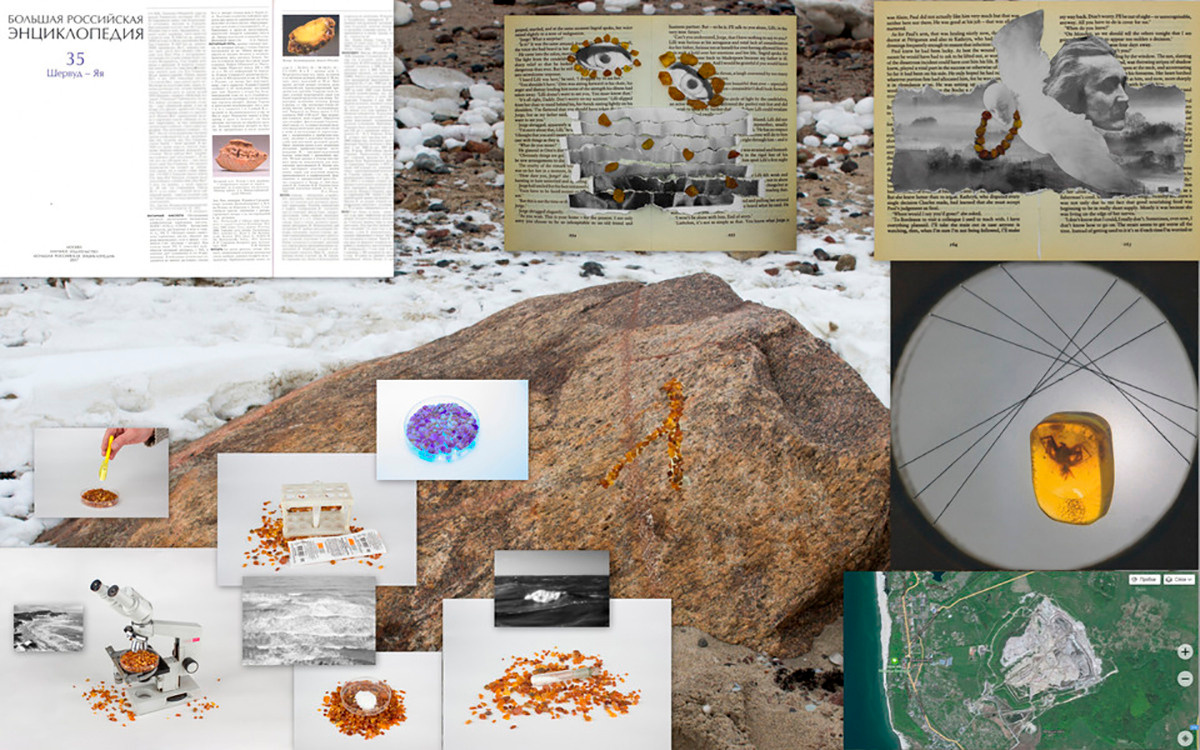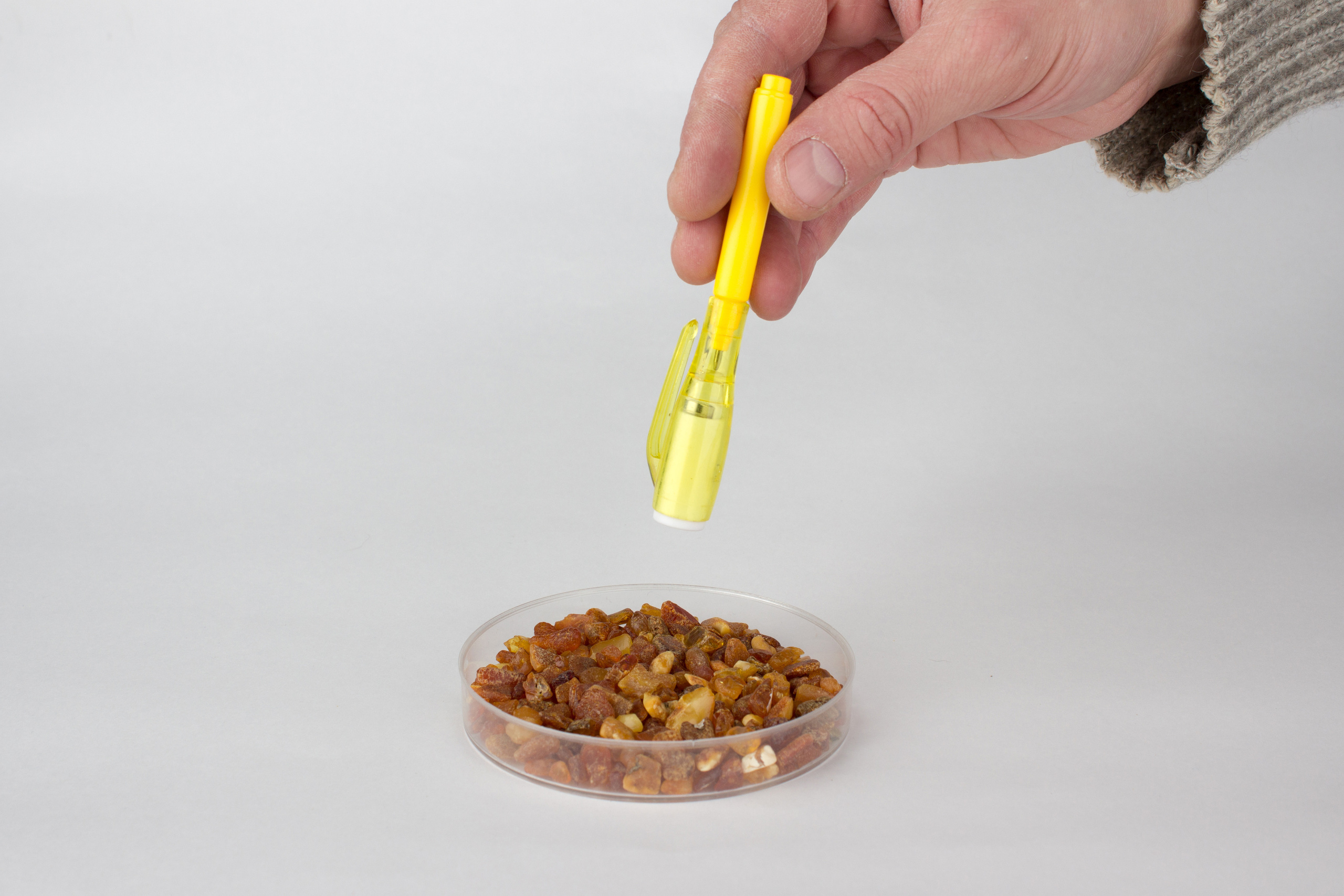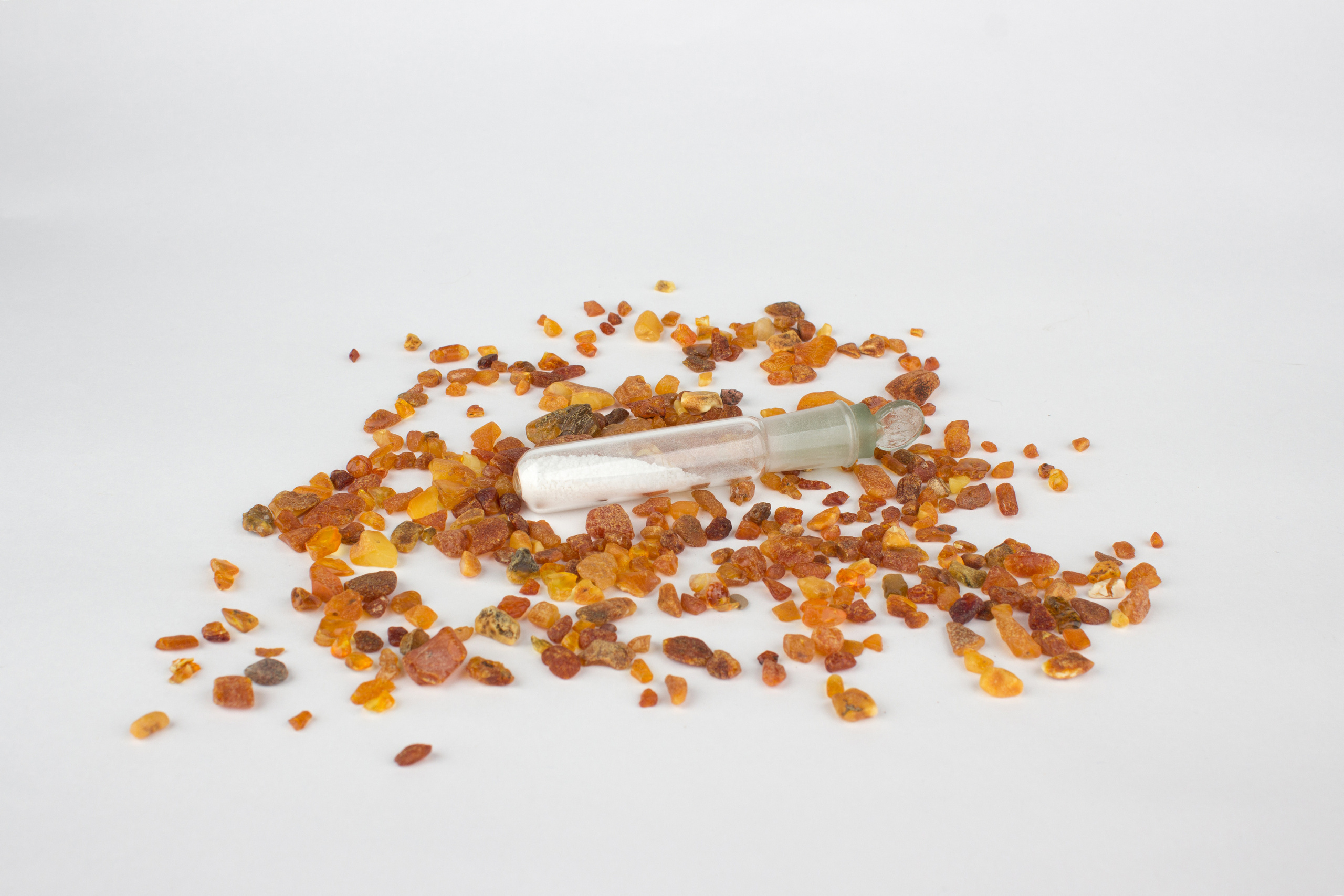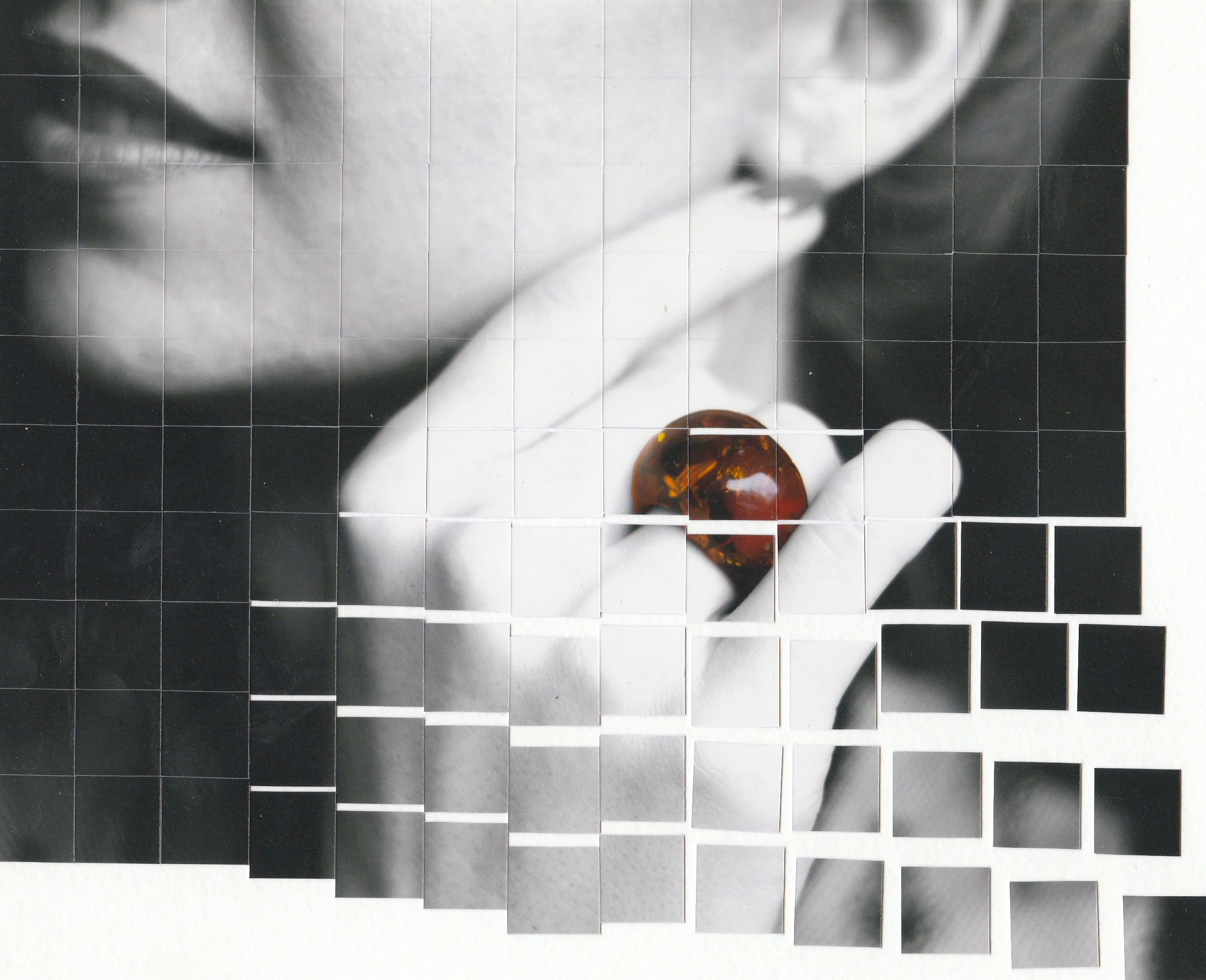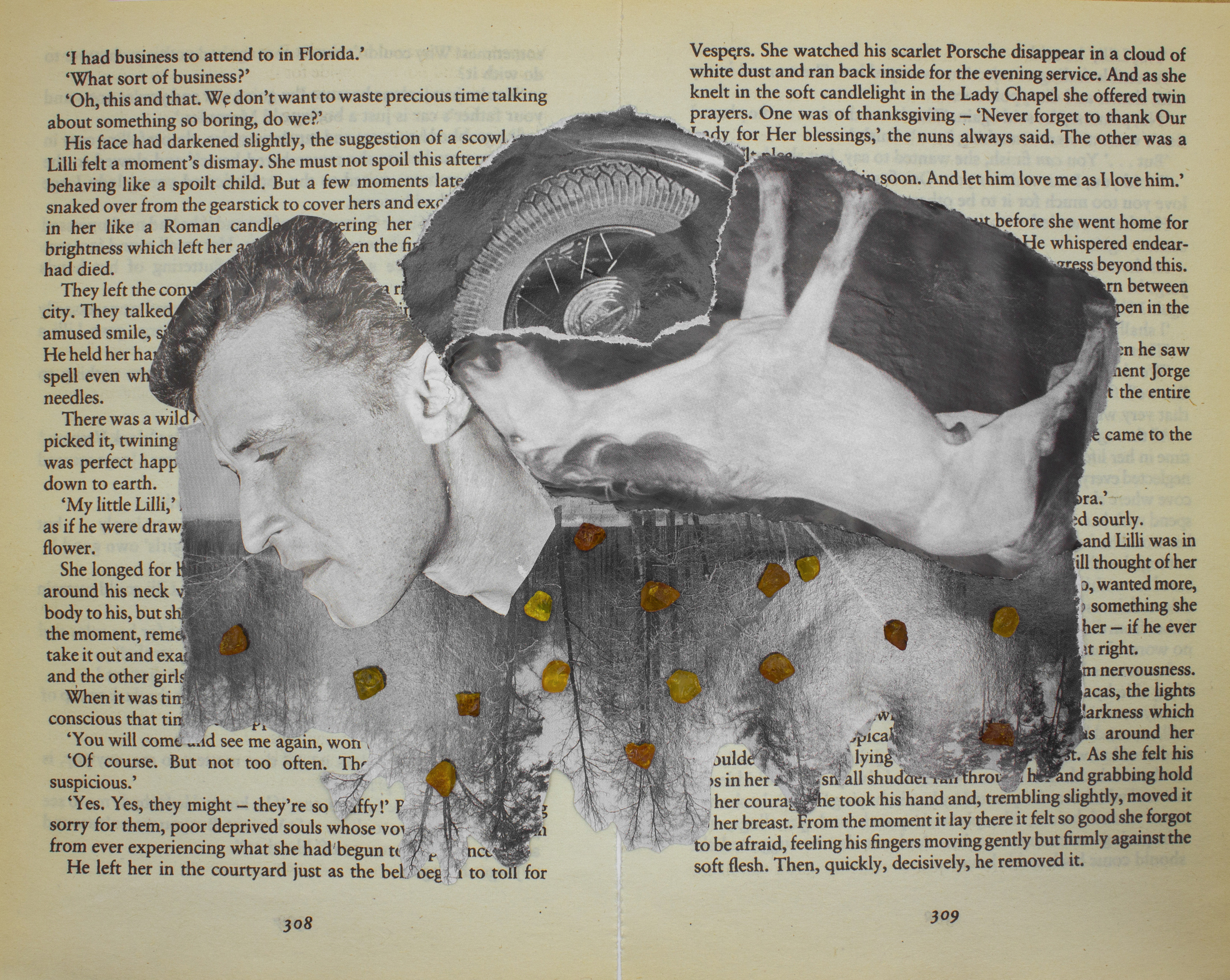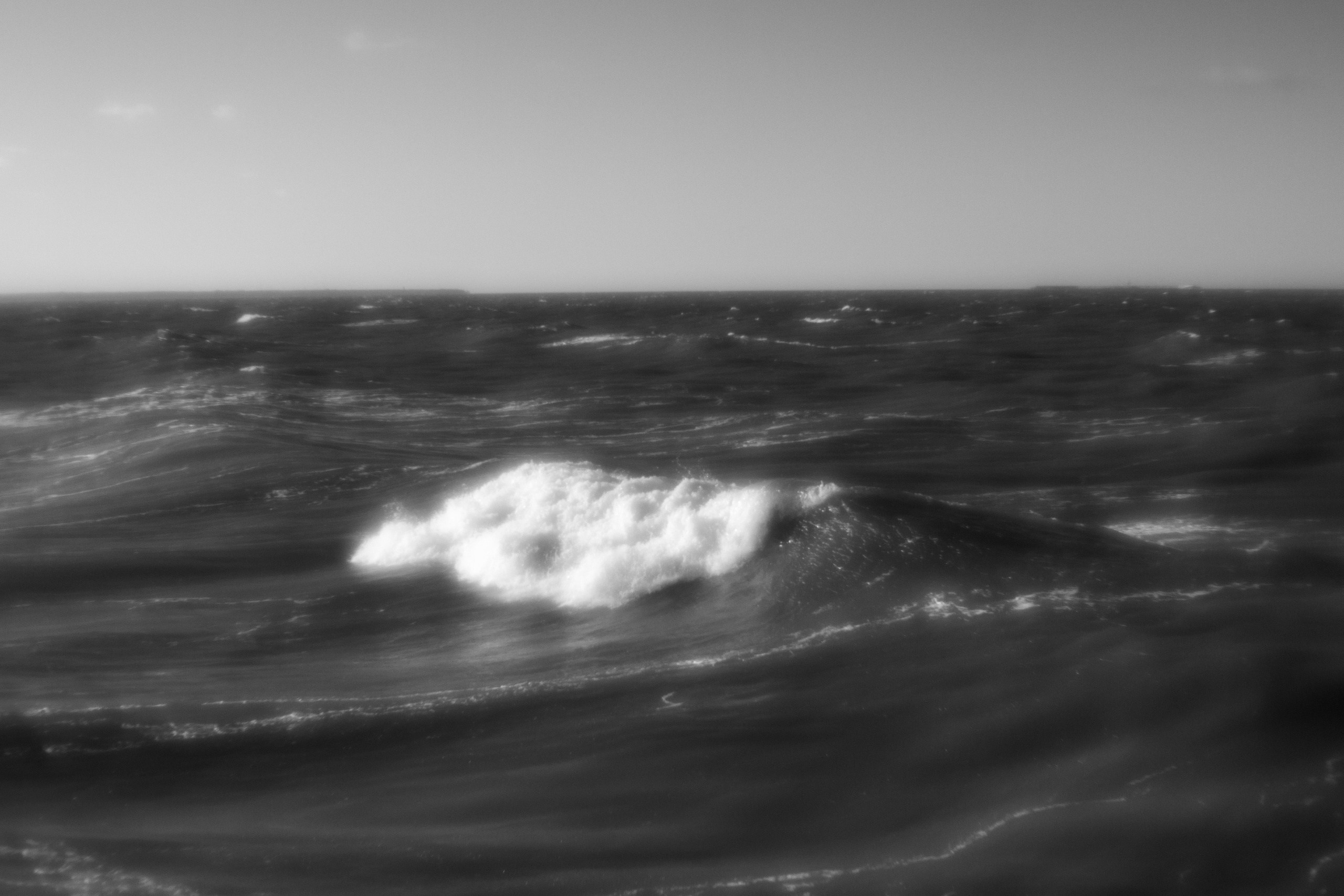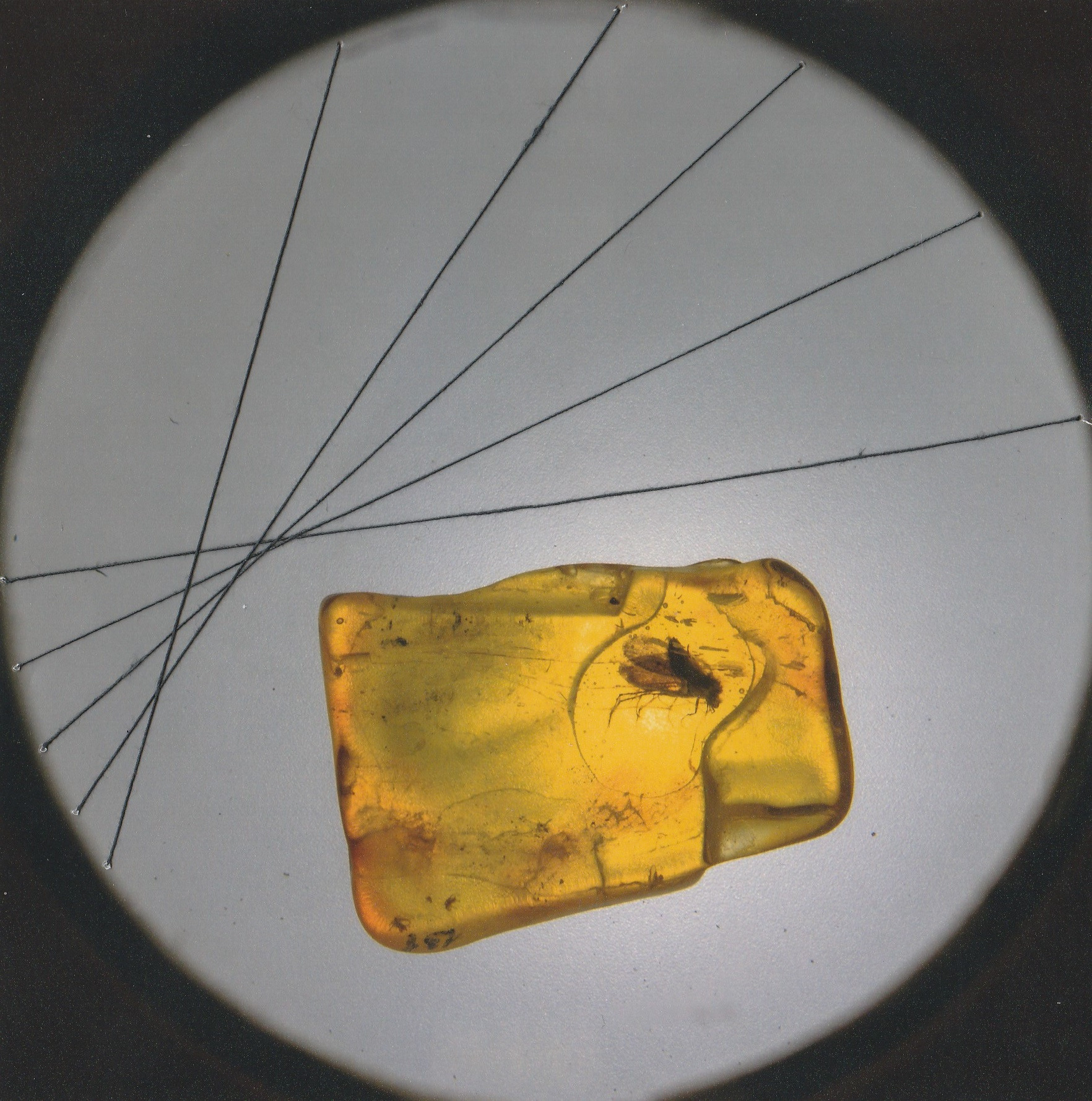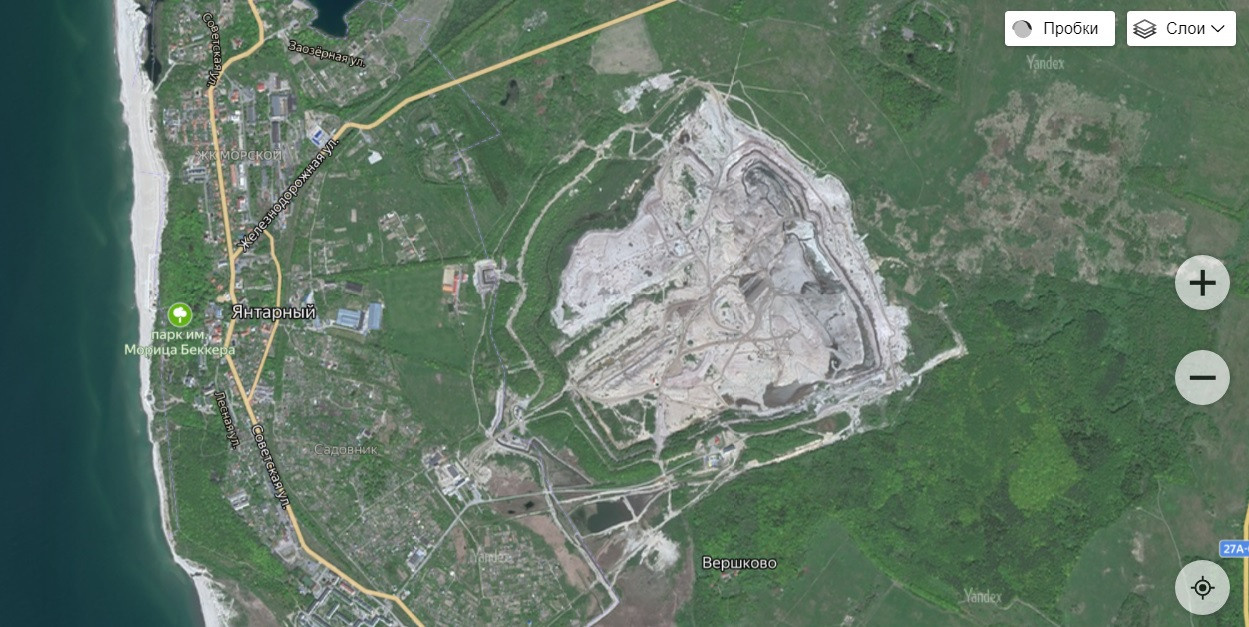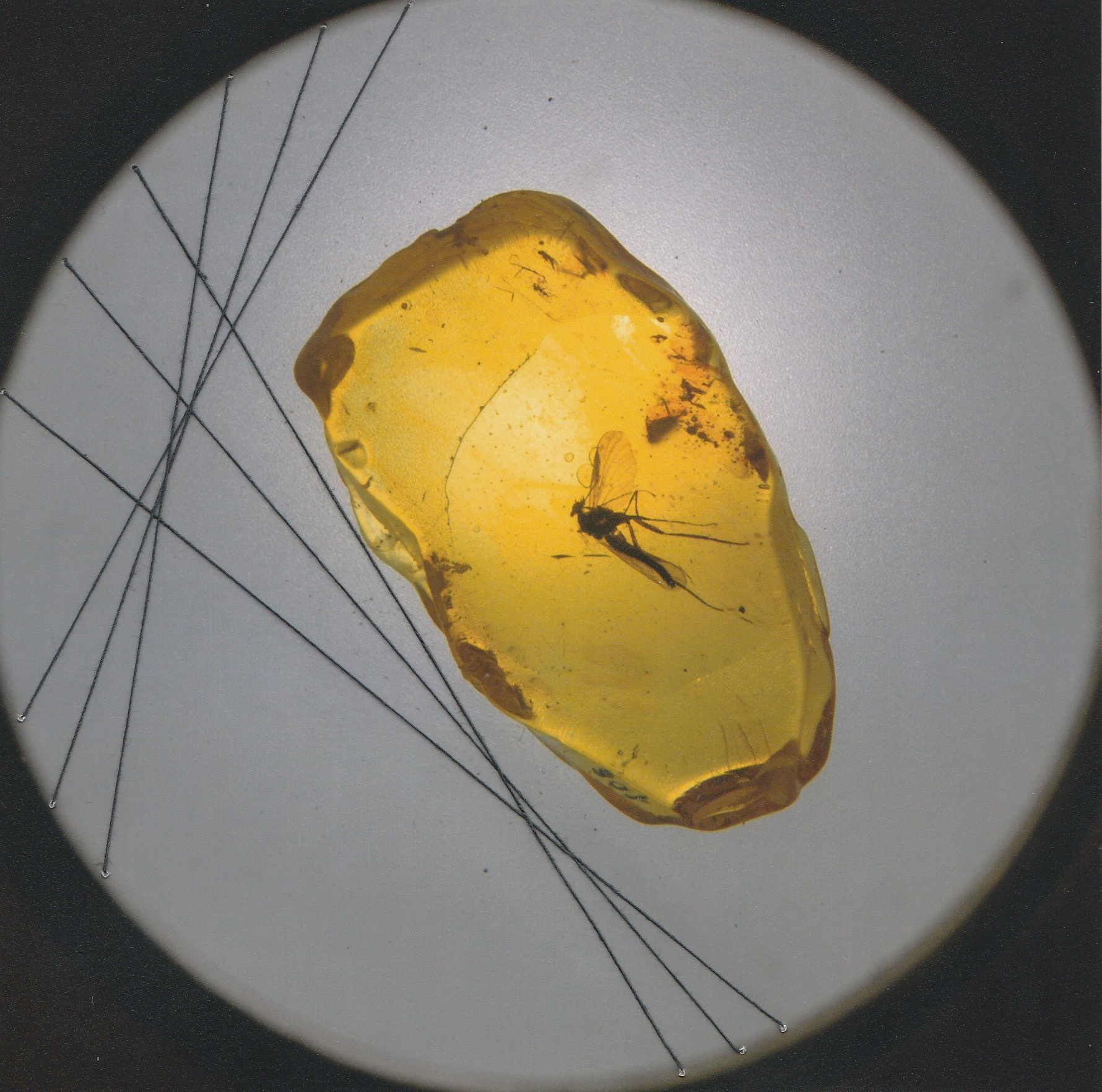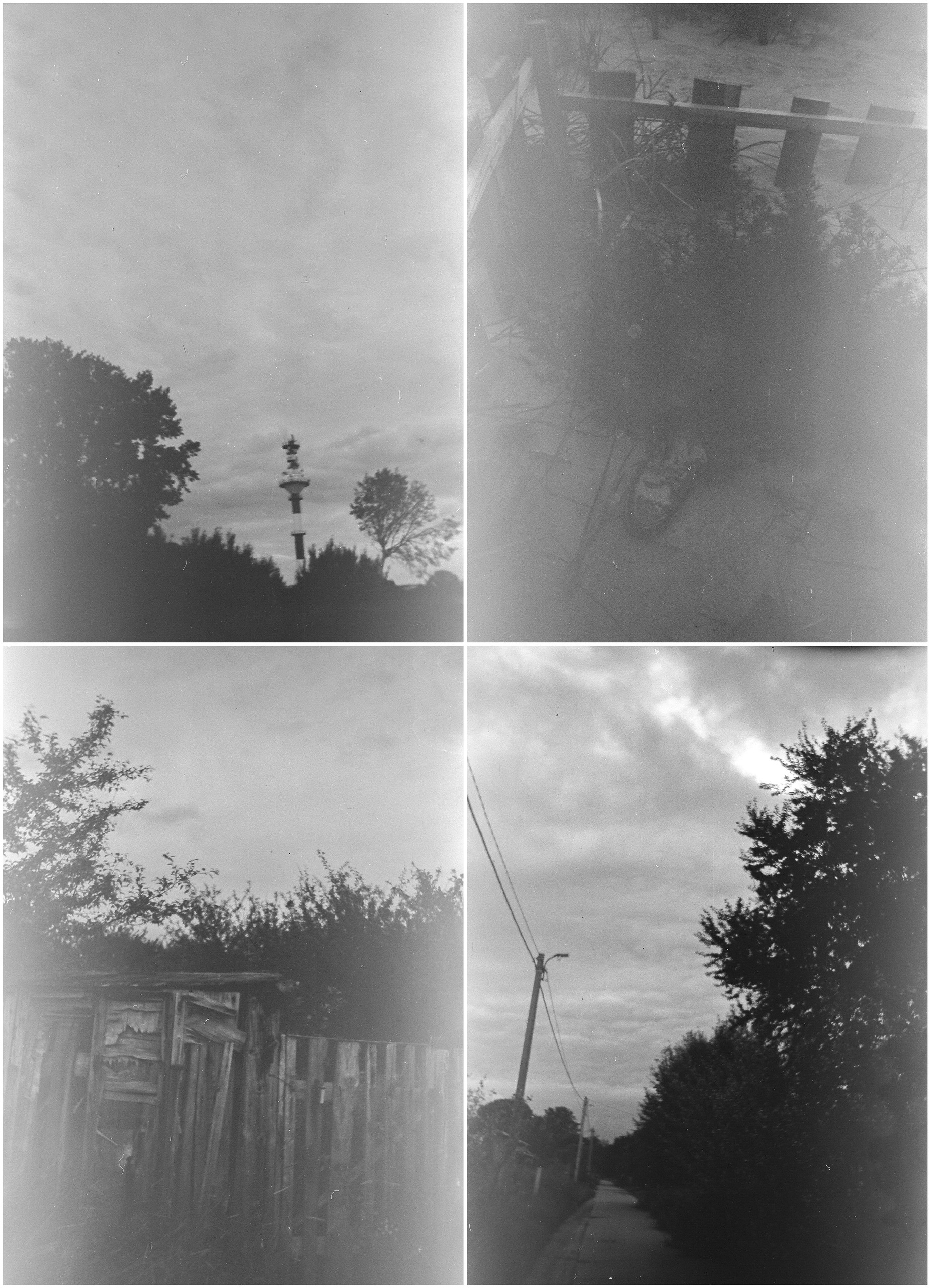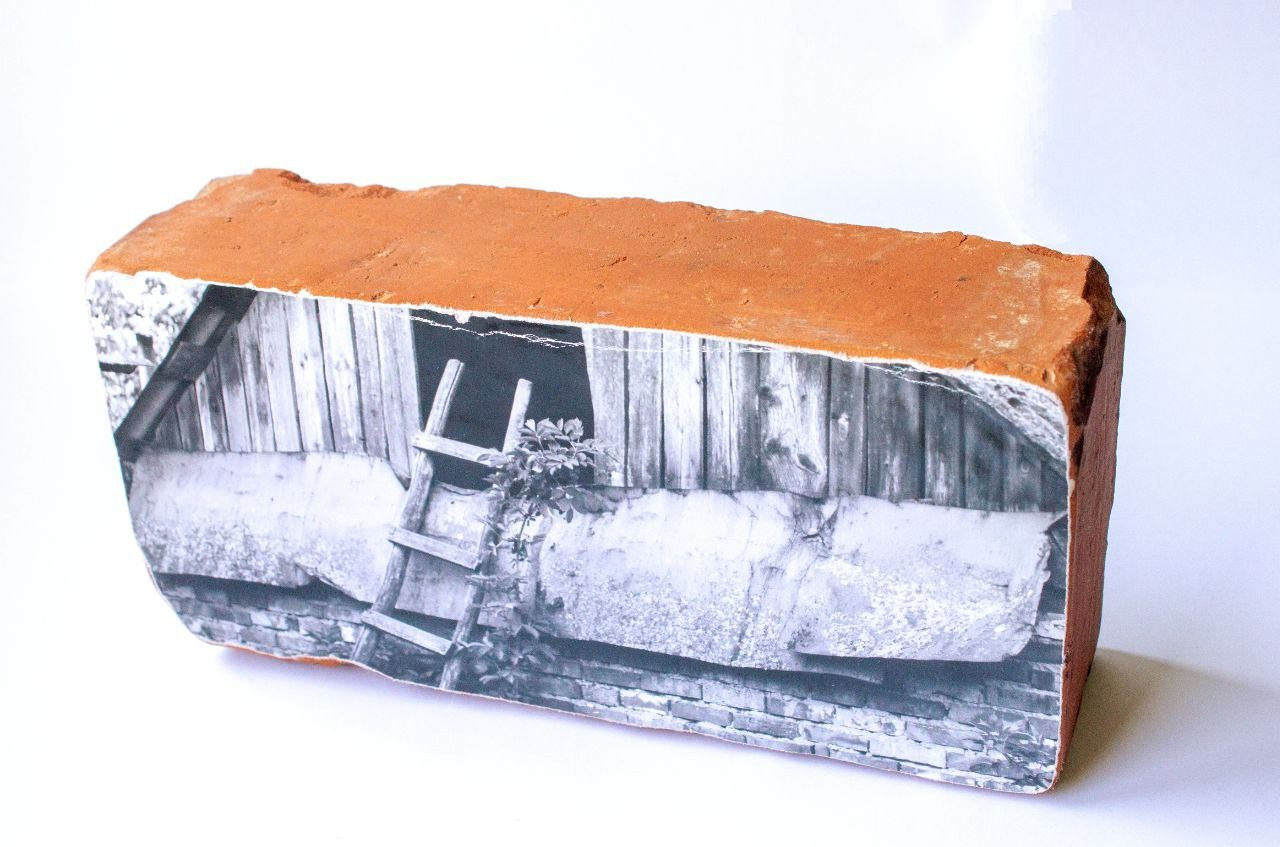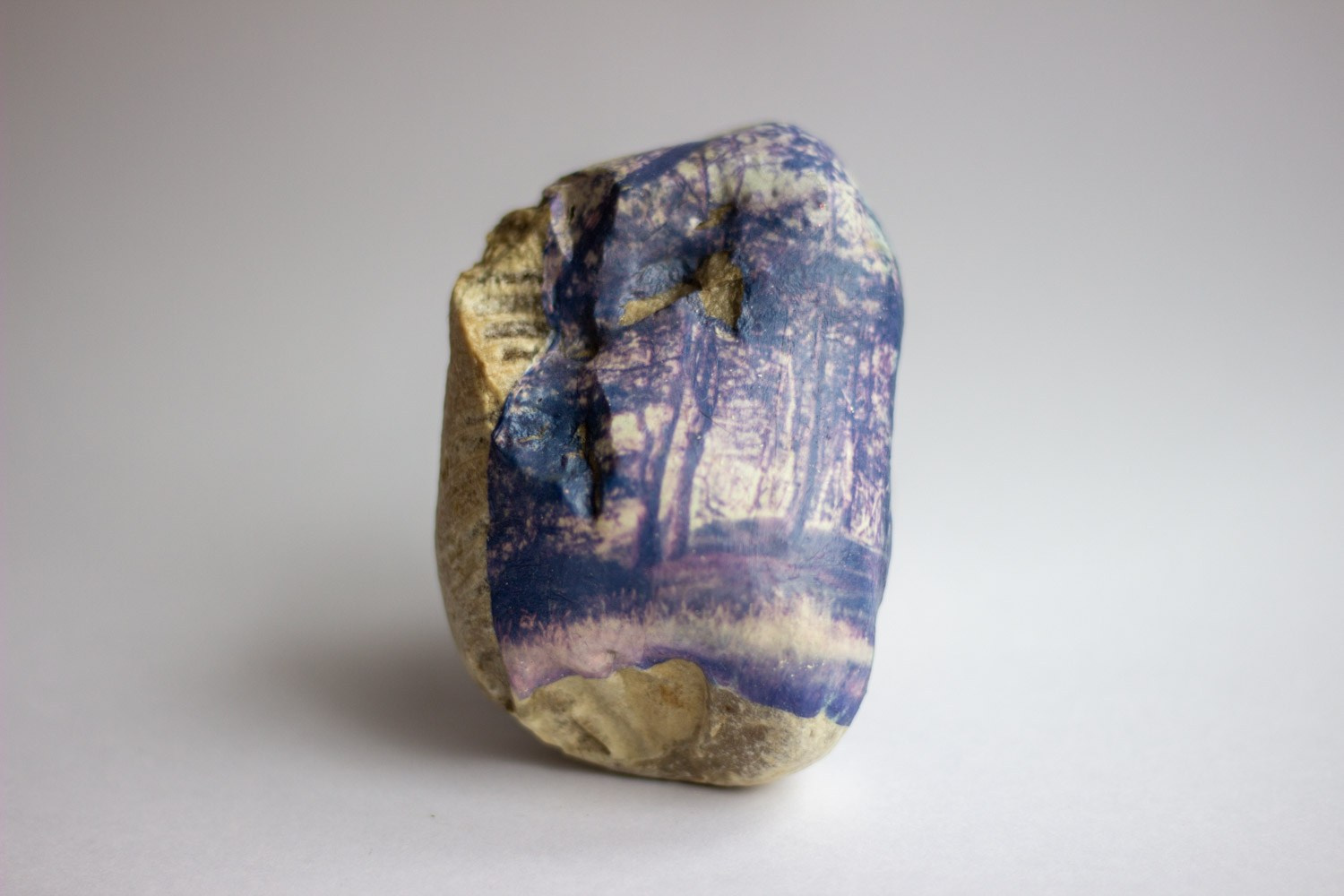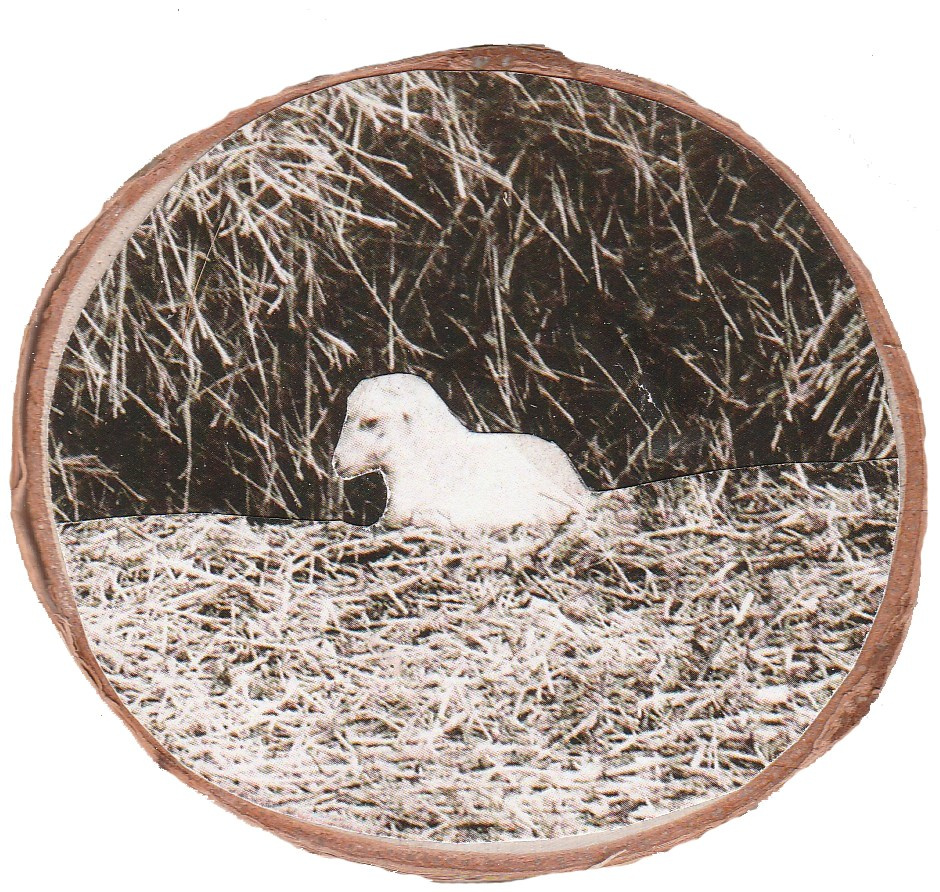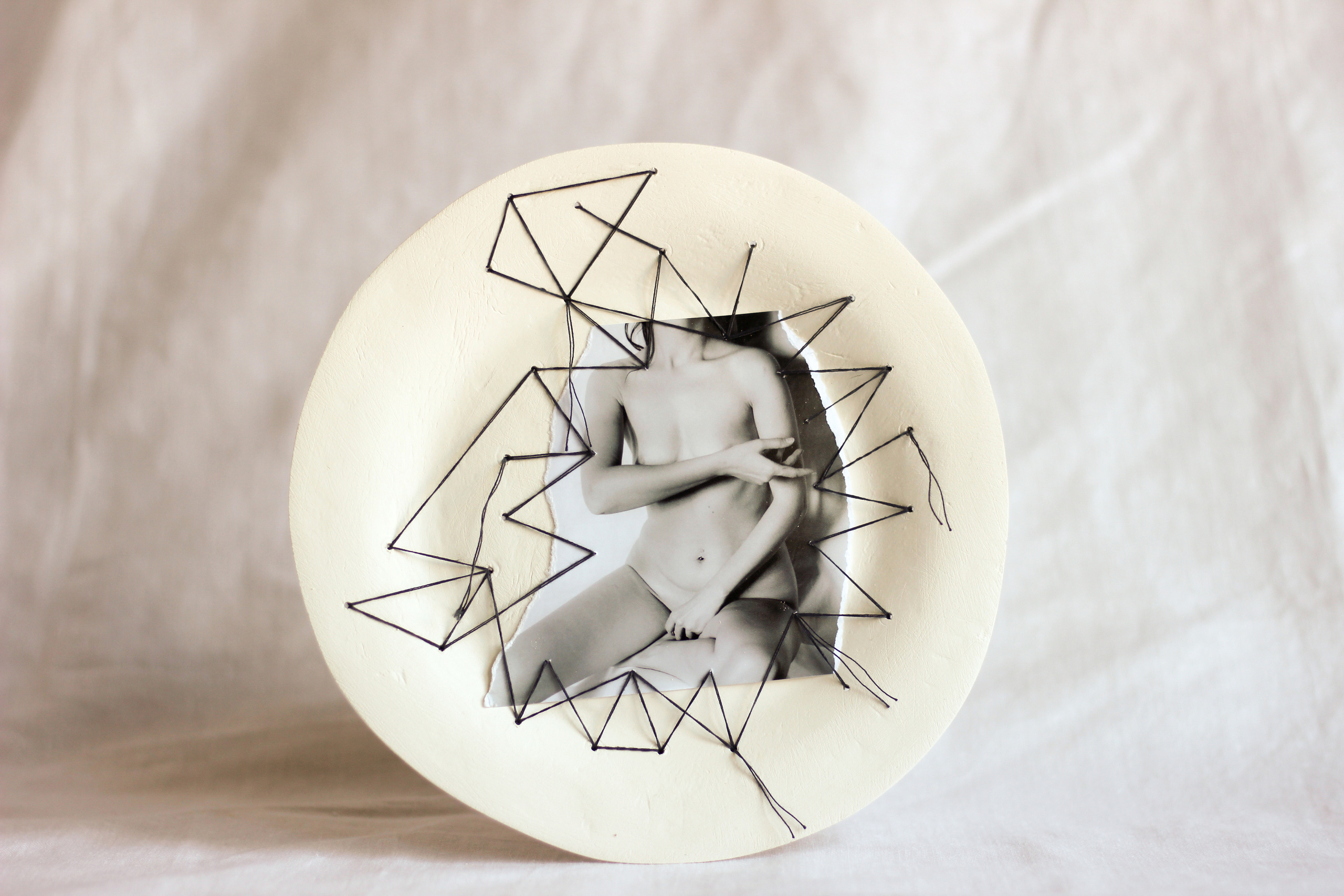Baltic stone
I live in Kaliningrad, a semi-exclave of Russia on the shores of the Baltic Sea. And like any sea, it has its gifts. One of these gifts is amber, it is also called alatyr, sun stone, Baltic tears.
When I was little, my grandmother had an amber brooch; she once bought this piece with her prize while working in a confectionery factory. As a child, I played with a brooch, and my grandmother sometimes attached it to my clothes. Now this decoration has already been lost. Although the brooch was beautiful, no one treated it as some kind of precious thing, then amber was of no value to me.
While creating my statement, I try to understand what amber means to me now. Is it a stone? Or is it something more? When I read the news about incidents involving amber, I am struck by the obsession of people with this petrified resin.
Amber in our region is a whole industry: trade in jewelry, souvenirs, cosmetics, art objects, tourist routes, — the exploitation of amber as a symbol. There are myths about amber, and this stone is also credited with magical and healing properties. But there is also a downside to the industry — its production.
Here, on the lands of present-day Kaliningrad, amber has been mined since ancient times. Illegal fishing affects the ecological situation in the region, and even is dangerous for the lives of the miners themselves. The Baltic Stone project is my personal encyclopedia about amber, its value and worthlessness, warmth and indifference, beauty and danger. Amber is warmth and sun, tenderness and waves, history and magic.

